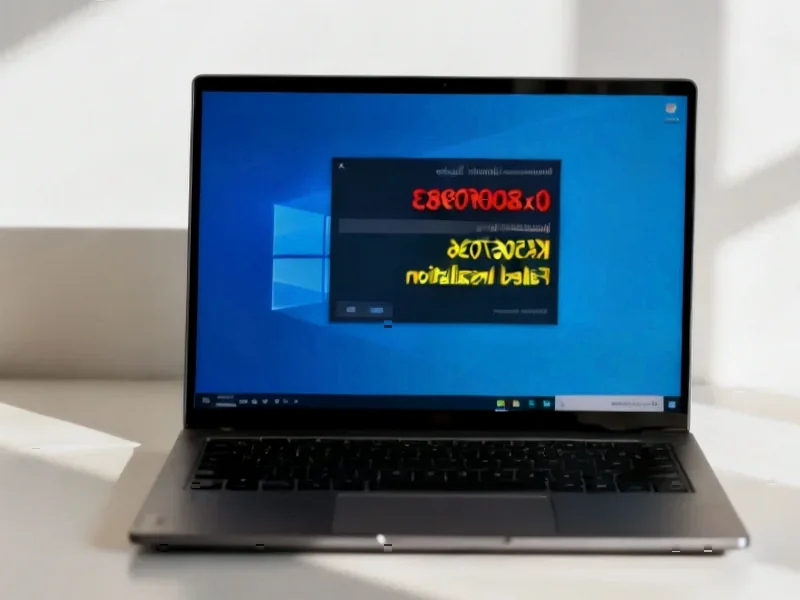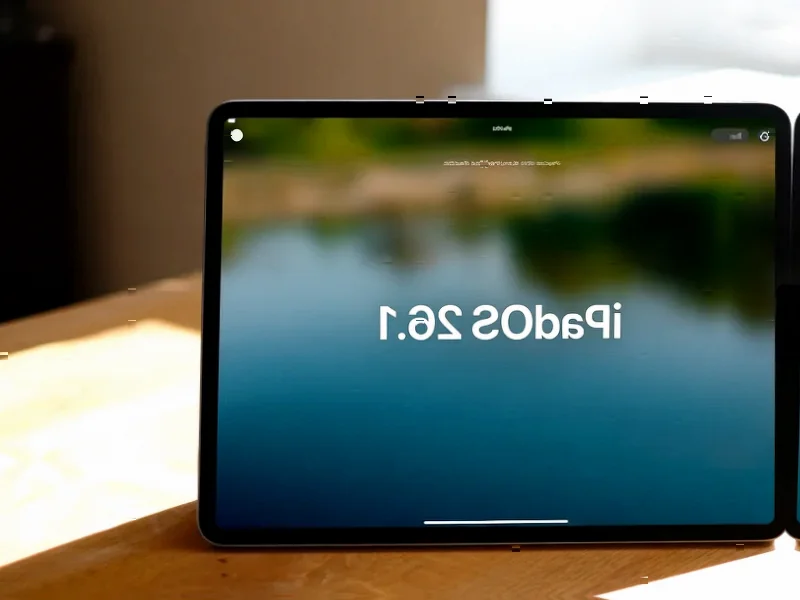According to Windows Report | Error-free Tech Life, Microsoft has confirmed a Windows 10 bug that falsely displays “Your version of Windows has reached the end of support” alerts. The issue appeared after installing updates released on or after October 14, 2025, specifically KB5066791. It affects Windows 10 version 22H2 Pro, Education, and Enterprise editions enrolled in Extended Security Updates, plus LTSC 2021 versions. Despite the scary warning, Microsoft says affected devices will continue receiving security updates normally – it’s purely a display error in the Settings app.
Windows Update Messaging Continues to Struggle
Here’s the thing: this isn’t the first time Microsoft has struggled with clear Windows update communications. Remember all those confusing “Windows 10 is ending” messages that started appearing years before the actual deadline? Now we’re seeing the opposite problem – telling people their support has ended when it actually hasn’t. It’s like Microsoft can’t win with these notifications.
And honestly, can you blame users for panicking? When your operating system tells you it’s no longer supported, that’s supposed to be a serious warning. People start worrying about security vulnerabilities, compatibility issues, the whole nine yards. Microsoft really needs to get this stuff right, especially for enterprise customers who have paid for Extended Security Updates.
Enterprise IT Teams Get Another Headache
Look, the temporary fixes tell the real story here. Microsoft released a cloud configuration update that should automatically fix the issue for most users. But then there’s that crucial caveat – devices that are offline, block OneSettings downloads, or have restrictive firewalls won’t get the automatic fix. Basically, exactly the kind of locked-down environments that enterprise IT departments love to maintain.
So now we’ve got IT admins having to manually deploy a Known Issue Rollback through Group Policy. They need to download and configure “KB5066791 251020_20401 Known Issue Rollback” and then restart affected devices. That’s not exactly a quick fix for organizations with thousands of machines. It’s another reminder that even with cloud services and automatic updates, enterprise IT still requires plenty of hands-on management.
What This Says About Windows 10’s Future
This whole situation highlights the awkward phase Windows 10 is entering. The operating system is technically in its extended support period, which means we’re going to see more of these edge cases and weird bugs. Microsoft’s attention has clearly shifted to Windows 11, and honestly, can you blame them? But here’s the reality – millions of devices, especially in enterprise environments, will be running Windows 10 for years to come.
I’m seeing a pattern emerge. We’re entering that phase where legacy support becomes increasingly complex. Different versions, different update channels, different licensing programs – it’s a recipe for confusion. The good news is Microsoft has acknowledged the issue quickly and provided workarounds. The permanent fix is coming in a future update. But this probably won’t be the last weird Windows 10 bug we see as the platform ages.
Basically, if you’re still running Windows 10 in a managed environment, buckle up. The road ahead might be bumpy, but at least your security updates are still coming – even if Windows Settings doesn’t always believe it.




